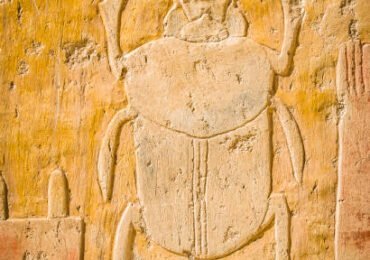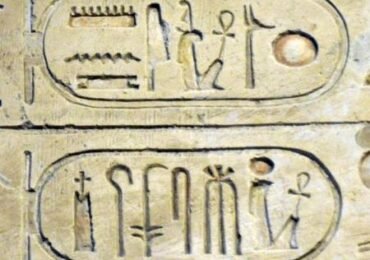Unraveling the Secrets of Hieroglyphs: A Guide to Reading Ancient Egyptian Symbols
Have you ever gazed at the majestic pyramids of Egypt or marveled at the Sphinx and wondered about the ancient civilization that built them? Egypt’s history is a tapestry of grandeur, mystery, and intellectual marvels, and one of its most intriguing aspects is the hieroglyphic script. In this blog post, Egypt Best Vacations invites you to embark on a journey into the captivating world of hieroglyphs and learn the art of reading and understanding this ancient script. By the end of this guide, you will be well-equipped to decode the enigmatic messages of ancient Egypt.
Cracking the Code of Hieroglyphs:
Hieroglyphs, the writing system of ancient Egypt, have endured for over 5,000 years. This script is a captivating blend of symbols, ranging from simple pictograms to complex, symbolic representations. Hieroglyphs could stand for individual sounds, entire words, or abstract concepts. These symbols were etched into stone, carved into wood, and inked onto papyrus, serving diverse purposes from religious texts to historical records.
Understanding the Building Blocks:
To kickstart your journey into hieroglyphs, you must first become acquainted with some fundamental symbols and their meanings. Here are a few key hieroglyphs to start with:
- The Ankh: Symbolizing life and vitality.

2. The Eye of Horus: Conveying protection, royal authority, and good health.


4. The Feather of Ma’at: Representing truth, equilibrium, and justice.


Cracking the Hieroglyphic Puzzle:
Hieroglyphs are read in various directions – left to right, right to left, or top to bottom – depending on their arrangement. The layout of hieroglyphs is often within decorative panels or lines, and the word order can vary. While memorizing individual hieroglyphs’ meanings is a useful starting point, it’s advisable to have reference materials or dictionaries at hand to assist with translation. Fortunately, there are software tools and online resources available to facilitate the translation process.
Practice Makes Perfect:
Mastery of hieroglyphs, like any language, demands practice. Start with deciphering simple inscriptions and progressively work your way up to more intricate texts. Alongside this, reading about Egyptian history and culture will deepen your understanding of the context in which hieroglyphs were used.
Learning how to read hieroglyphs is a rewarding odyssey that allows you to forge a connection with ancient Egypt on a profound level. By grasping the basics of this ancient script, practicing your translation skills, and diving into the rich history and culture of this remarkable civilization, you can unlock the secrets of the pharaohs and explore the heritage of a captivating era. So, with hieroglyphic guide in hand, set forth on your journey to decode the mysteries of Egypt and its enduring legacy!

